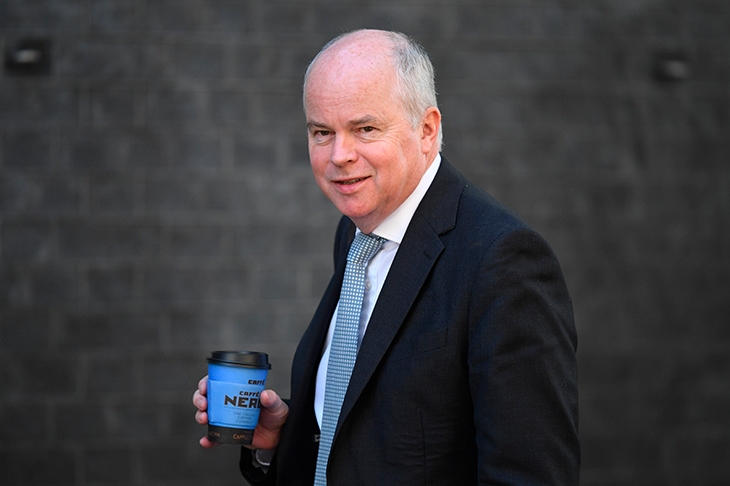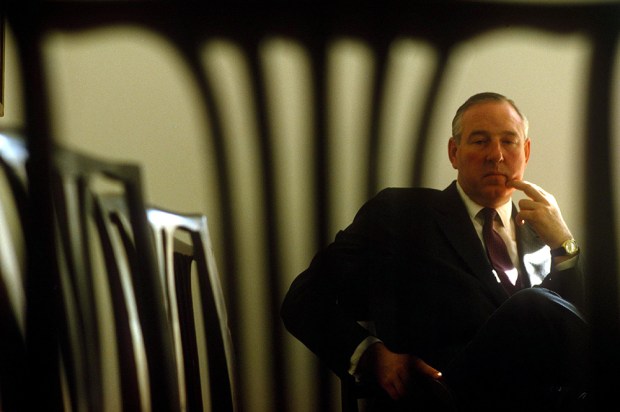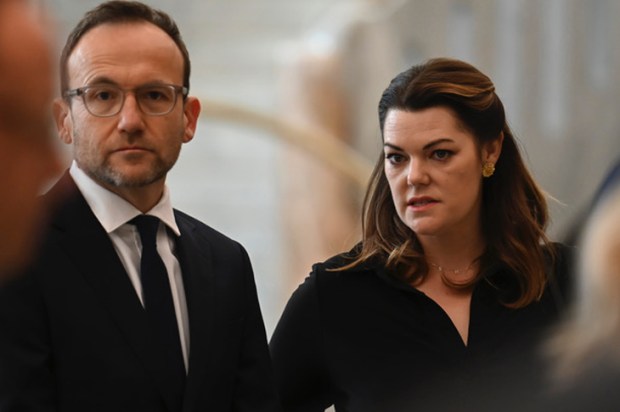During the second world war, the collection of the National Gallery had to be hidden in a mountain in Wales to prevent bomb damage. Its director, Kenneth Clark, eventually realised, however, that this was bad for morale, and so made a single but striking exception. Starting with Rembrandt’s ‘Portrait of Margaretha Trip’, which the gallery had just acquired, he ensured that each month one famous painting would be on display in an alcove at the top of the main staircase.
Already a subscriber? Log in
Subscribe for just $2 a week
Try a month of The Spectator Australia absolutely free and without commitment. Not only that but – if you choose to continue – you’ll pay just $2 a week for your first year.
- Unlimited access to spectator.com.au and app
- The weekly edition on the Spectator Australia app
- Spectator podcasts and newsletters
- Full access to spectator.co.uk
Unlock this article
You might disagree with half of it, but you’ll enjoy reading all of it. Try your first month for free, then just $2 a week for the remainder of your first year.















Comments
Don't miss out
Join the conversation with other Spectator Australia readers. Subscribe to leave a comment.
SUBSCRIBEAlready a subscriber? Log in